Best Practices for Secure Payment Processing Online
Businesses of all sizes need to prioritize secure payment processing online. The rapid growth of e-commerce has made online transactions a cornerstone of modern business operations. However, with this growth comes the increased risk of cyber threats, data breaches, and fraud. Ensuring that your payment processing system is secure is not only crucial for protecting sensitive customer information but also for maintaining the trust and loyalty of your clientele.
In this comprehensive guide, we will explore the best practices for secure payment processing online, covering everything from PCI compliance to fraud detection. Motus Financial is here to guide you through the complexities of online payment processing, ensuring that your business operates safely and efficiently.
1. Understanding Payment Processing Online
At its core, payment processing online involves the transfer of funds from a customer to a business via the internet. This process involves several key steps:
- Authorization: The customer’s bank verifies that they have enough funds to complete the transaction.
- Authentication: The system verifies that the payment method belongs to the customer.
- Capture: The funds are deducted from the customer’s account and held temporarily.
- Settlement: The funds are finally transferred to the business’s account.
Each step in this process must be secure to prevent unauthorized access and ensure the integrity of the transaction. With the rise of sophisticated cyber-attacks, securing payment processing online has never been more critical.
2. Implementing PCI Compliance
The Payment Card Industry Data Security Standard (PCI DSS) is a set of security standards designed to ensure that all businesses that handle credit card information maintain a secure environment. Compliance with PCI DSS is not optional—it is a mandatory requirement for any business engaged in payment processing online.
Key Elements of PCI Compliance:
- Secure Network: Implement firewalls, use secure routers, and regularly update software to protect against vulnerabilities.
- Cardholder Data Protection: Encrypt cardholder data both in transit and at rest to prevent unauthorized access.
- Access Control: Restrict access to payment data to authorized personnel only. Use multi-factor authentication to add an extra layer of security.
- Regular Monitoring and Testing: Continuously monitor networks for suspicious activity, and perform regular security assessments.
Failure to comply with PCI standards can result in hefty fines, legal penalties, and reputational damage. By ensuring PCI compliance, businesses can minimize the risks associated with payment processing online.
3. Choosing a Secure Payment Gateway
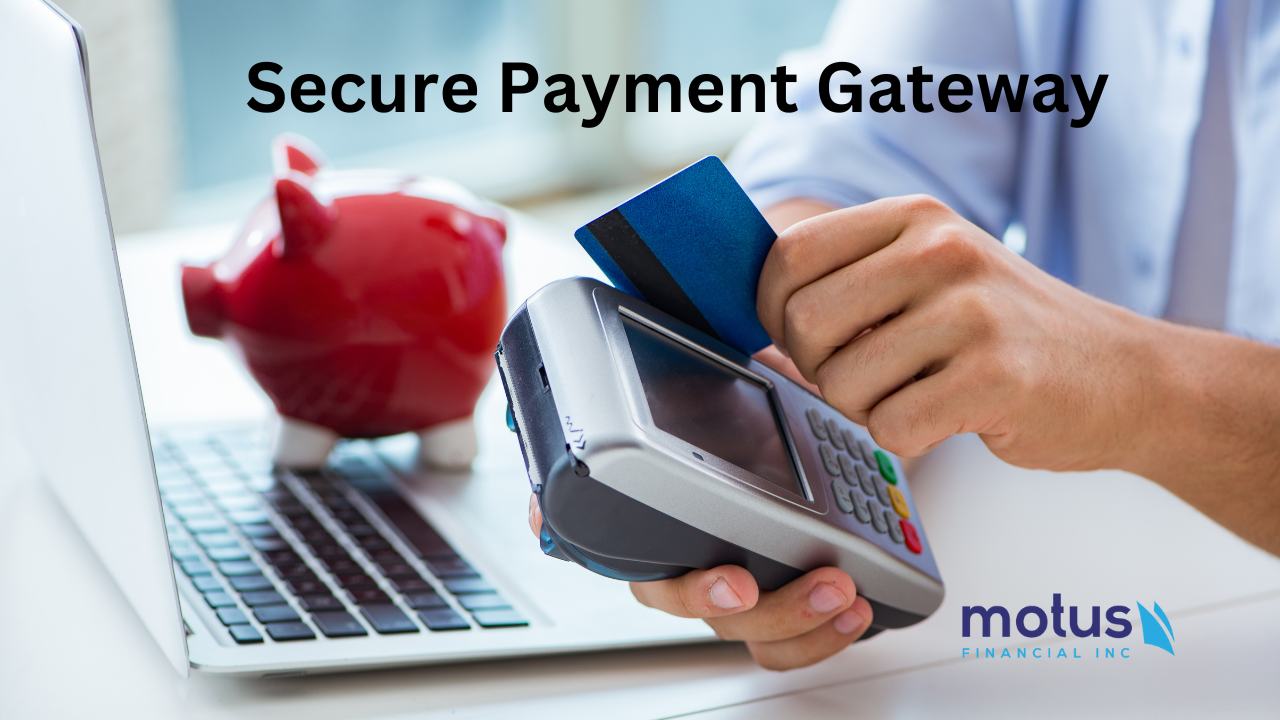
A payment gateway acts as a bridge between your business’s e-commerce platform and the customer’s bank. It plays a crucial role in ensuring that transactions are processed securely and efficiently. Selecting the right payment gateway is essential for safeguarding your business and customers.
Read it also:– ELEVATE YOUR ONLINE TRANSACTIONS WITH MOTUS FINANCIAL’S HOSTED PAYMENT FORMS
Considerations When Choosing a Payment Gateway:
- Security Features: Look for gateways that offer robust security measures such as SSL encryption, tokenization, and fraud detection tools.
- PCI Compliance: Ensure that the payment gateway is compliant with PCI DSS standards.
- User Experience: The payment process should be seamless for customers, with minimal friction during checkout.
- Integration: Choose a gateway that integrates easily with your existing systems, including your website, CRM, and accounting software.
- Customer Support: A reliable payment gateway provider should offer 24/7 support to assist with any issues that may arise.
Using a secure payment gateway is one of the most effective ways to protect against fraud and ensure safe payment processing online.
4. Utilizing Encryption and Tokenization
Encryption and tokenization are two key technologies that can significantly enhance the security of your payment processing online.
Encryption:
Implementing encryption in Virtual Terminal Payment Processing converts sensitive payment information into unreadable code during transmission. This ensures that even if data is intercepted by hackers, it cannot be deciphered without the appropriate decryption key. Utilizing encryption protocols such as SSL/TLS (Secure Sockets Layer/Transport Layer Security) is essential for protecting payment data.
Tokenization:
Tokenization replaces sensitive payment data, such as credit card numbers, with unique tokens. These tokens have no exploitable value, making them useless to hackers. Tokenization is particularly effective in reducing the risks associated with storing payment data, as the actual payment information is never stored on your servers.
By utilizing both encryption and tokenization, businesses can create a multi-layered defense against cyber threats, ensuring the secure handling of payment processing online.
5. Monitoring Transactions for Fraud
Fraud is a significant concern for businesses that engage in payment processing online. The increasing sophistication of cybercriminals means that traditional security measures may not be sufficient. Implementing robust fraud detection and monitoring systems is essential for safeguarding your business and customers.
Best Practices for Fraud Monitoring:
- Set Transaction Limits: Establish limits on the number and value of transactions that can be processed in a short period to prevent fraudulent activity.
- Monitor IP Addresses: Keep track of transactions from suspicious or high-risk locations. Geo-blocking can be used to restrict transactions from specific regions.
- Use 3D Secure Authentication: This protocol adds an additional layer of verification during the payment process, reducing the risk of fraudulent transactions.
- Analyze Transaction Patterns: Regularly review transaction data for unusual patterns or anomalies that could indicate fraud.
By implementing these practices, businesses can minimize the risk of fraud and ensure the integrity of payment processing online.
6. Best Practices for Mobile Payment Security
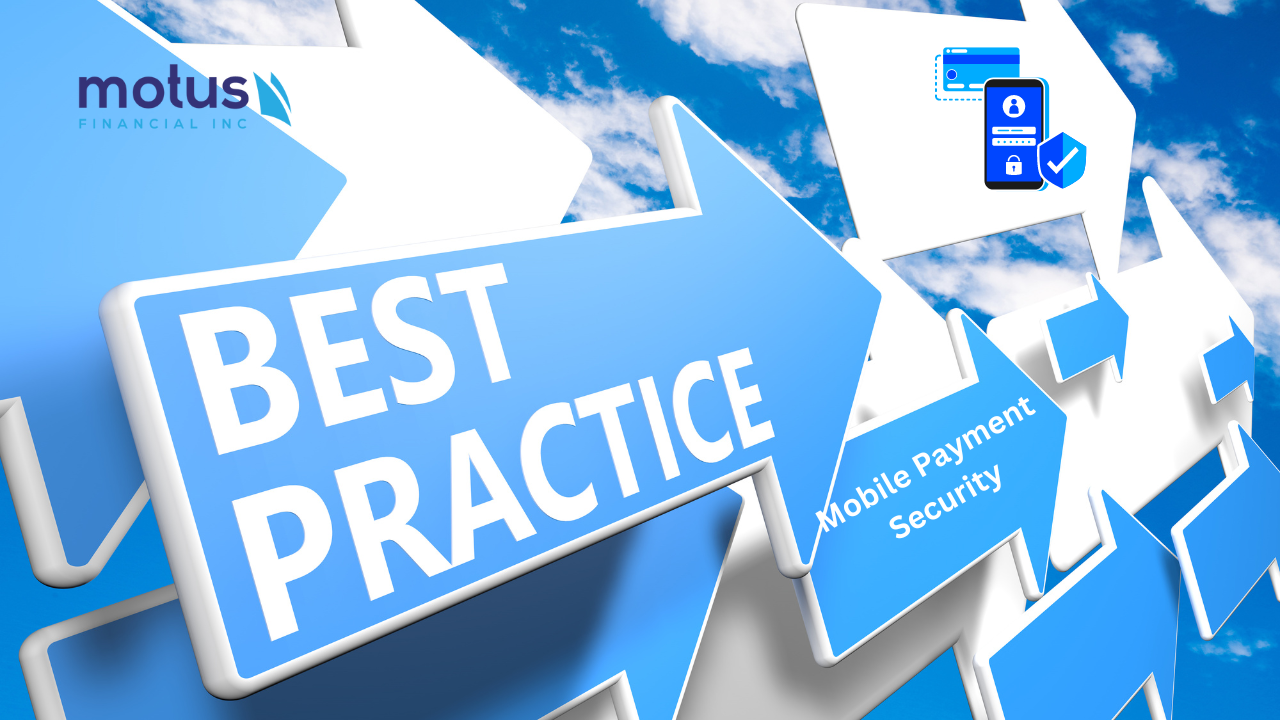
As mobile payments continue to gain popularity, ensuring the security of mobile payment processing online is becoming increasingly important for Ecommerce Payment Processing Services. Mobile devices are particularly vulnerable to cyber threats, making it essential to adopt best practices for mobile payment security.
Tips for Securing Mobile Payments:
- Use Secure Payment Apps: Ensure that any payment apps used by your business are developed by reputable providers and comply with industry security standards.
- Implement Device Authentication: Require users to authenticate their devices before completing transactions. This can include biometric authentication (e.g., fingerprint or facial recognition).
- Encrypt Mobile Data: Protect sensitive payment information stored on mobile devices by using encryption.
- Regularly Update Software: Keep mobile operating systems and apps up-to-date to protect against vulnerabilities.
By focusing on mobile payment security, businesses can protect themselves and their customers from emerging threats in the world of payment processing online.
Key Security Features for Payment Processing Online
| Security Feature | Description |
|---|---|
| PCI Compliance | Adhering to industry standards for data security to protect cardholder information. |
| Encryption | Converting sensitive data into unreadable code during transmission. |
| Tokenization | Replacing sensitive data with unique, meaningless tokens. |
| Fraud Monitoring | Tools and practices for detecting and preventing unauthorized activity. |
| Secure Payment Gateway | A service that processes transactions securely between buyer and seller. |
This table highlights the critical security features that every business should implement to ensure secure payment processing online. By integrating these features into your payment processing system, you can significantly reduce the risk of cyber threats and fraud.
7. Educating Your Customers
While businesses must implement strong security measures, it’s equally important to educate customers about safe payment practices. An informed customer is less likely to fall victim to fraud, which in turn protects your business during payment processing online.
Key Points to Communicate to Customers:
- Use Strong Passwords: Encourage customers to create complex passwords and change them regularly.
- Enable Two-Factor Authentication: Suggest that customers add an extra layer of security to their accounts with two-factor authentication (2FA).
- Avoid Public Wi-Fi for Transactions: Warn customers about the dangers of using unsecured public Wi-Fi networks for making online payments.
- Verify Website Security: Advise customers to check for HTTPS and secure website indicators before entering payment information.
By promoting safe online practices, you can reduce the risk of fraudulent transactions and enhance the overall security of payment processing online.
FAQs on Secure Payment Processing Online
Q1: What are the main security standards for online payment processing?
A1: The Payment Card Industry Data Security Standard (PCI DSS) is the primary security standard for businesses involved in online payment processing.
Q2: How does encryption protect payment data?
A2: Encryption converts sensitive payment information into unreadable code during transmission, ensuring that even if the data is intercepted, it cannot be deciphered by unauthorized parties.
Q3: What is the difference between encryption and tokenization?
A3: Encryption secures data during transmission, while tokenization replaces sensitive data with unique tokens that have no exploitable value, making it more secure for storing payment information.
Q4: How can I protect my business from online payment fraud?
A4: Implement fraud detection tools, monitor transactions for suspicious activity, set transaction limits, and use multi-factor authentication to reduce the risk of fraud during payment processing online.
Q5: What should customers look for to ensure a website is secure for online payments?
A5: Customers should check for HTTPS in the website URL, look for security seals, and ensure the payment gateway used is reputable and secure.
Conclusion
Ensuring secure payment processing online is a critical aspect of running a successful business in today’s digital world. By adhering to PCI compliance, choosing a secure payment gateway, utilizing encryption and tokenization, monitoring transactions for fraud, and educating your customers, you can build a robust payment processing system that protects both your business and your customers.
At Motus Financial, we are committed to helping businesses navigate the complexities of secure payment processing online. Our team of experts is here to provide guidance and support, ensuring that your payment systems are not only efficient but also secure.
Contact Us
For more information on how Motus Financial can assist you with secure payment processing online, feel free to reach out to us. You can contact us at (877) 798-0012, and our team will be happy to answer any questions and provide the necessary support.
Motus Financial is proud to be a trusted provider of financial services. Our commitment to excellence has earned us positive reviews and loyal clients. To learn more about our services and read customer testimonials, visit our Google My Business page. Whether you’re just getting started with payment processing online or looking to enhance your current system, we’re here to help you succeed.






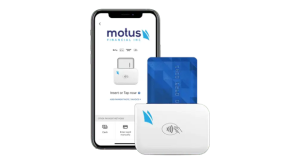
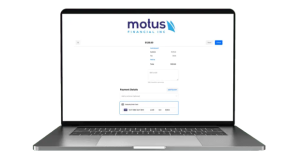
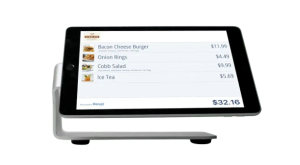 Our POS systems are designed to streamline in-store transactions. With features like inventory management, sales reporting, and customer tracking, our POS solutions help you run your business more efficiently. Our terminals are compatible with various payment methods, including chip cards, contactless payments, and mobile wallets.
Our POS systems are designed to streamline in-store transactions. With features like inventory management, sales reporting, and customer tracking, our POS solutions help you run your business more efficiently. Our terminals are compatible with various payment methods, including chip cards, contactless payments, and mobile wallets.
